Mint growing tips are your gateway to a fragrant, flavorful, and incredibly versatile herb garden, right outside your door! Have you ever dreamed of stepping into your backyard and snipping fresh mint for a refreshing mojito, a vibrant salad, or a soothing cup of tea? Well, dream no more! This DIY guide is packed with simple, effective tricks and hacks that will transform even the most novice gardener into a mint-growing maestro.
Mint has a rich history, dating back to ancient civilizations where it was prized for its medicinal and culinary properties. The Romans, for example, used mint to freshen their breath and flavor their sauces. Today, mint continues to be a beloved herb worldwide, adding a burst of freshness to countless dishes and drinks.
But let’s be honest, growing mint can sometimes feel like a battle. This vigorous herb has a reputation for being invasive, quickly taking over gardens if left unchecked. That’s where our DIY tricks come in! I’m going to share my secrets for containing mint’s enthusiasm, ensuring you enjoy a bountiful harvest without sacrificing your entire garden. These mint growing tips will help you master the art of cultivating this wonderful herb, whether you have a sprawling backyard or a tiny balcony. Get ready to unlock the secrets to a thriving mint patch – let’s get growing!
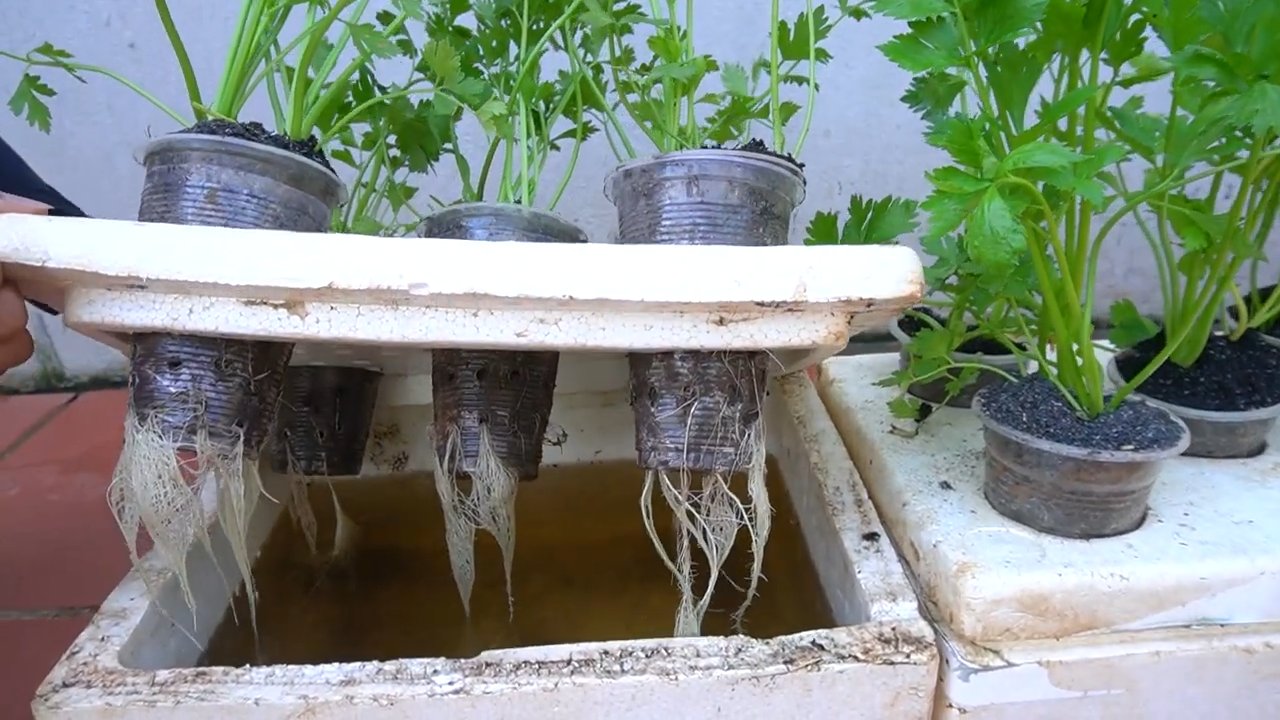
Mint in Your Own Garden: A Comprehensive DIY Guide for Lush Growth
Hello dear garden friends! Mint is not only an incredibly versatile herb for the kitchen and cocktails, but also a wonderful addition to any garden. Its fresh scent and easy care make it a favorite. But be careful: mint is a bit of a spreader! That’s why today I’m showing you how to successfully grow and control mint so it doesn’t take over your entire garden. Let’s get started!
Choosing the Right Mint Variety
Before we begin, it’s important to choose the right mint variety for your needs. There are countless variations, each with its own unique taste and aroma. Here are a few of my favorites:
- Peppermint: The classic! Perfect for tea, desserts, and cocktails. It has an intense, slightly sharp taste.
- Spearmint: Mild and sweet, ideal for mojitos, salads, and lamb dishes.
- Chocolate Mint: A surprisingly delicious taste reminiscent of After Eight. Great for desserts and ice cream.
- Orange Mint: With a hint of citrus, perfect for refreshing drinks and salads.
- Pineapple Mint: Sweet and fruity, a great addition to fruit salads and cocktails.
Consider what you will primarily use the mint for and choose the appropriate variety accordingly.
Growing Mint: Step-by-Step Guide
Mint is relatively easy to grow, but there are a few things to keep in mind to ensure it thrives.
1. The Right Location
Mint prefers a partially shaded location. Direct midday sun can burn its leaves. A spot with morning sun and afternoon shade is ideal. However, it can also grow in the shade, it just won’t be as lush.
2. The Right Soil
Mint likes moist, well-draining soil. If your soil is very clay-heavy, you should improve it with compost or sand to enhance drainage. A pH between 6.0 and 7.0 is optimal.
3. Planting Mint: Two Options
There are two main ways to plant mint:
- From seed: This is a bit more difficult, as mint seeds often germinate unevenly. I recommend starting the seeds in seed trays in the spring and then planting the young plants outdoors after the last frost.
- From cuttings or purchased plants: This is the easiest and fastest way. You can take cuttings from an existing mint plant or buy a young plant at a garden center.
4. Planting Mint in a Pot (Recommended!)
Since mint is so vigorous, I strongly recommend growing it in a pot or container. This prevents it from spreading uncontrollably in the garden.
Here’s how:
- Choose a pot with sufficient drainage holes.
- Fill the pot with high-quality potting soil.
- Plant the mint and water it well.
- Place the pot in the chosen location.
5. Planting Mint in a Garden Bed (With Caution!)
If you absolutely want to plant mint in a garden bed, you should definitely use a root barrier.
Here’s how:
- Dig a hole large enough for the pot in which the mint was sold.
- Place the pot (without the bottom) into the hole. The rim of the pot should stick out a few centimeters above the ground.
- Plant the mint in the pot.
- Fill the pot with soil.
The root barrier will prevent the mint from spreading via its roots.
6. Watering and Fertilizing
Mint needs regular watering, especially during hot and dry periods. The soil should always be slightly moist, but not wet. Avoid waterlogging, as this can lead to root rot.
Fertilizing is not strictly necessary, but a light fertilizer in the spring can promote growth. I like to use organic fertilizer like compost or horn shavings.
7. Harvesting Mint
You can harvest mint all year round. Simply cut the stems just above a leaf node. This encourages the growth of new shoots and results in a bushier plant. Harvest regularly to prevent the mint from flowering. The leaves taste best before the plant blooms.
8. Overwintering Mint
Mint is hardy, but in very cold regions, it may be wise to protect it with a layer of mulch. Mint grown in pots can also be moved to a protected location, such as a garage or a shed.
Propagating Mint: It’s That Easy!
Mint is very easy to propagate, either through cuttings or by dividing the roots.
Cuttings
- Cut a healthy stem from the mint plant. The stem should be about 10-15 cm long.
- Remove the lower leaves.
- Place the stem in a glass of water.
- Place the glass in a bright spot, but not in direct sunlight.
- Change the water every few days.
- After a few weeks, roots should form.
- Plant the cutting in a pot with soil.
Division of Roots
- Dig up the mint plant.
- Divide the root ball into several parts with a knife or garden shears.
- Plant the individual parts in separate pots or in the garden bed.
Common Problems and Solutions
Problems can also occur with mint. Here are a few common problems and how you can solve them:
- Aphids: Aphids can infest the leaves of the mint. Spray the plant with a solution of water and dish soap.
- Rust: Rust is a fungal disease that appears as orange spots on the leaves. Remove affected leaves and ensure good ventilation.
- Root rot: Root rot occurs when the mint is kept too wet. Ensure good drainage and water less.
- Spreading: As mentioned, mint can spread quickly. Plant it in a pot or use a root barrier.
Mint in the Kitchen and Garden
Mint is an incredibly versatile herb that can be used in many ways in the kitchen and garden.
- In the kitchen: Mint is a great ingredient for tea, cocktails, desserts, salads, and savory dishes.
- In the garden: Mint can be used as a ground cover to suppress weeds. It can also be used to attract or repel insects.
Conclusion
With a little care and attention, you can grow your own lush mint in your garden or on your balcony. Whether in a pot or in a bed (with a root barrier!), the fresh leaves are always on hand for tea, cocktails, or culinary experiments. Happy gardening!
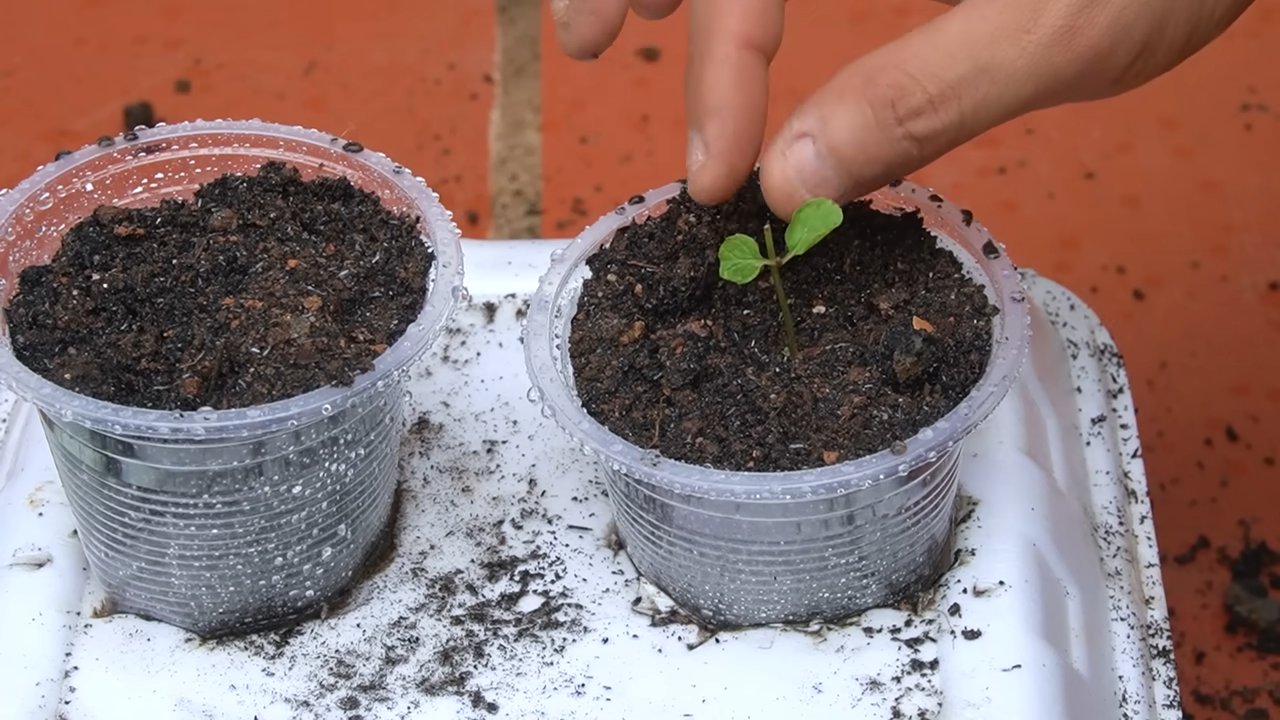
Conclusion
So, there you have it! Mastering these simple yet effective mint growing tips can transform your garden, balcony, or even windowsill into a fragrant oasis. We’ve explored the essential elements – from choosing the right container and soil to understanding the plant’s watering and sunlight needs. But more than just providing the basics, we’ve delved into the nuances that separate a struggling mint plant from a thriving one.
Why is this DIY approach a must-try? Because it empowers you to take control of your mint’s environment, ensuring it receives precisely what it needs to flourish. Store-bought mint, while convenient, often lacks the robust flavor and vibrant aroma of homegrown varieties. Plus, by cultivating your own mint, you’re reducing your reliance on commercially produced herbs, contributing to a more sustainable lifestyle.
Beyond the core techniques, consider these exciting variations to elevate your mint-growing game:
* Experiment with different mint varieties: From the classic peppermint and spearmint to the more exotic chocolate mint and pineapple mint, each offers a unique flavor profile that can enhance your culinary creations.
* Create a mint companion planting strategy: Mint is known to repel certain pests, making it an excellent companion plant for vegetables like tomatoes and cabbage. Research which plants benefit most from mint’s presence and incorporate it into your garden design.
* Explore hydroponic mint cultivation: For those with limited space or a desire for a more controlled environment, hydroponics offers a fascinating alternative to traditional soil-based gardening.
* Mint tea blends: Once you have a thriving mint plant, experiment with different tea blends. Combine your fresh mint with other herbs like lemon balm, chamomile, or lavender for a truly unique and relaxing beverage.
Don’t be intimidated by the prospect of growing your own mint. It’s a remarkably resilient and forgiving plant, making it an ideal choice for beginner gardeners. The satisfaction of harvesting your own fresh mint leaves for teas, cocktails, or culinary dishes is truly unparalleled.
We wholeheartedly encourage you to put these mint growing tips into practice. Start small, experiment with different techniques, and don’t be afraid to learn from your mistakes. The journey of growing your own mint is a rewarding one, filled with fragrant aromas, delicious flavors, and a deeper connection to the natural world.
Most importantly, we want to hear about your experiences! Share your successes, challenges, and creative variations in the comments below. Let’s build a community of mint enthusiasts, sharing our knowledge and inspiring each other to cultivate thriving mint gardens. Your insights could be invaluable to other readers embarking on their own mint-growing adventures. So, grab your gardening gloves, choose your favorite mint variety, and get ready to experience the joy of homegrown freshness!
Frequently Asked Questions (FAQ)
What is the best type of container for growing mint?
The best type of container for growing mint is one that is at least 12 inches in diameter and has drainage holes. Mint spreads aggressively through its roots, so it’s best to grow it in a container to prevent it from taking over your garden. Terracotta pots are a good choice because they allow the soil to breathe, but plastic pots are also suitable. Ensure the container is sturdy enough to support the plant as it grows. Consider using a self-watering container if you tend to forget to water your plants.
What kind of soil is best for mint?
Mint thrives in well-draining soil that is rich in organic matter. A good potting mix for mint should contain a blend of peat moss, perlite, and vermiculite. You can also amend your soil with compost or aged manure to improve its fertility. Avoid using heavy clay soil, as it can become waterlogged and lead to root rot. The ideal pH level for mint is between 6.0 and 7.0.
How much sunlight does mint need?
Mint prefers partial shade, especially during the hottest part of the day. While it can tolerate full sun, the leaves may become scorched if exposed to intense sunlight for extended periods. Aim for at least 4-6 hours of sunlight per day. If you’re growing mint indoors, place it near a sunny window or use a grow light to supplement natural light. Observe your plant closely and adjust its location as needed to ensure it’s receiving the optimal amount of light.
How often should I water my mint plant?
Water your mint plant regularly, keeping the soil consistently moist but not waterlogged. Check the soil moisture by sticking your finger about an inch into the soil. If it feels dry, it’s time to water. Water deeply, allowing the excess water to drain out of the drainage holes. Avoid overhead watering, as it can promote fungal diseases. During hot, dry weather, you may need to water your mint plant more frequently.
How do I prune my mint plant?
Pruning is essential for maintaining a healthy and productive mint plant. Regularly pinch back the stems to encourage bushier growth and prevent the plant from becoming leggy. You can also harvest leaves as needed for culinary or medicinal purposes. When harvesting, cut the stems back to just above a leaf node. In late summer, you can prune your mint plant more aggressively to rejuvenate it for the following growing season.
How do I prevent mint from spreading?
As mentioned earlier, mint is an aggressive spreader. To prevent it from taking over your garden, grow it in a container or use a root barrier. A root barrier is a physical barrier that is buried in the ground around the plant to prevent its roots from spreading. You can also regularly monitor your garden and remove any unwanted mint shoots as they appear. Be vigilant, as even small pieces of root can sprout into new plants.
What are some common pests and diseases that affect mint?
Mint is generally a hardy plant, but it can be susceptible to certain pests and diseases. Common pests include aphids, spider mites, and whiteflies. These pests can be controlled with insecticidal soap or neem oil. Common diseases include powdery mildew and rust. These diseases can be prevented by providing good air circulation and avoiding overhead watering. If your mint plant becomes infected, remove the affected leaves and treat the plant with a fungicide.
Can I grow mint indoors?
Yes, you can successfully grow mint indoors. Choose a sunny location near a window or use a grow light to provide adequate light. Use a well-draining potting mix and water regularly, keeping the soil moist but not waterlogged. Prune your mint plant regularly to encourage bushier growth. Be sure to monitor your plant for pests and diseases and take action as needed.
How do I harvest mint leaves?
Harvest mint leaves in the morning, after the dew has dried. Choose healthy, vibrant leaves and cut the stems back to just above a leaf node. You can use the fresh leaves immediately or dry them for later use. To dry mint leaves, tie them in small bundles and hang them upside down in a cool, dry place. Once the leaves are completely dry, store them in an airtight container.
What are some uses for fresh mint?
Fresh mint is a versatile herb that can be used in a variety of culinary and medicinal applications. It can be added to teas, cocktails, salads, desserts, and savory dishes. Mint is also known for its digestive properties and can be used to relieve indigestion and nausea. Additionally, mint can be used to freshen breath and soothe sore throats. Experiment with different ways to incorporate fresh mint into your daily routine and discover its many benefits.


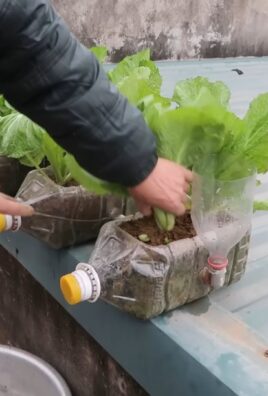
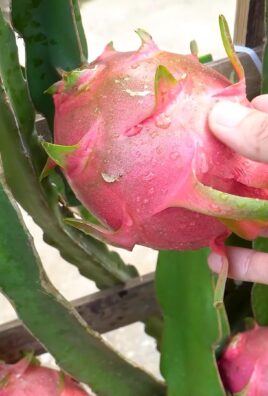
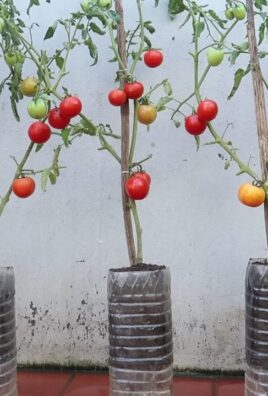
Leave a Comment